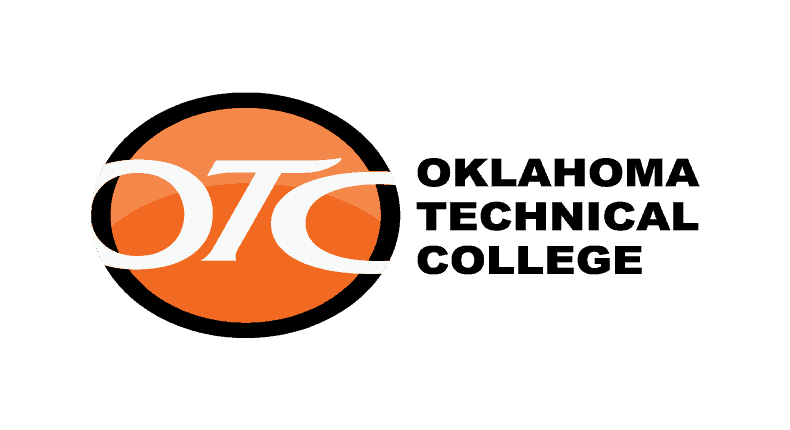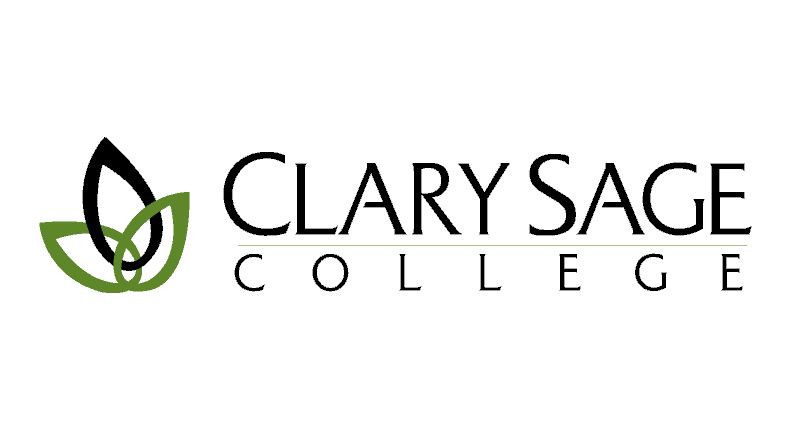By Sharon Truelove
Daily stress can accumulate and hold in the neck area and escalate to the point of restricting out daily activities. Let us continue our discussion from Part 1 of 4 to see how we can help decrease the tension and take a quick review of Sternocleidomastoid before we continue to Part 2 of 4.
The Sternocleidomastoid is palpated easily. It attaches at the sternum, the clavicle and the mastoid process which is behind the ear. It allows the head to turn and also helps to maintain stability of the head when the body is in movement.
Trigger points in SCM, can cause a wide variety of symptoms that are often misdiagnosed. We studied Balance problems in Part 1. In Part 2, we discuss referred pain.
Even though trigger points in SCM may be tender, they won’t usually cause pain in the SCM itself. Swollen lymphs usually get the blame when SCM trigger points are misidentified. These particular trigger points may actually present with no pain, but the stiffness it may cause can prompt leaning the head to one side.
When trigger points are located in the sternal branch they may exhibit as deep eye pain, tongue pain upon swallowing, headaches over the eye, behind the ear, and on top of the head and may also play a role in TMJ pain felt in the jaw muscles or the back of the neck. Frontal headaches are a sign of SCM trigger points.
Some rare referrals are: SCM pain being referred down to the top of the breastbone, pain felt in the side of the face imitating “trigeminal neuralgia”, or pain in the cheek being taken for sinusitis.
The clavicular branch may produce deep earache and toothache of the back molars.
To massage the clavicular branch of SCM first locate it by turning your head to one side. While looking in a mirror, firmly grasp that cable of muscle that pops up between your fingers and thumb and knead it. Spend only a couple of minutes on each side daily. Don’t massage if you feel a pulse, this is probably the carotid pulse.
Your homework:
1. Locate your own SCM and see if there are any tender spots. If so, massage them out and report your findings.
2. Find someone with tender or trigger points in their SCM and help them feel better via massage and report you findings.










Comments are closed.